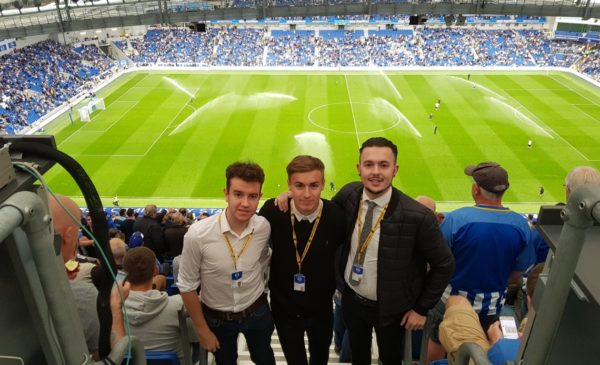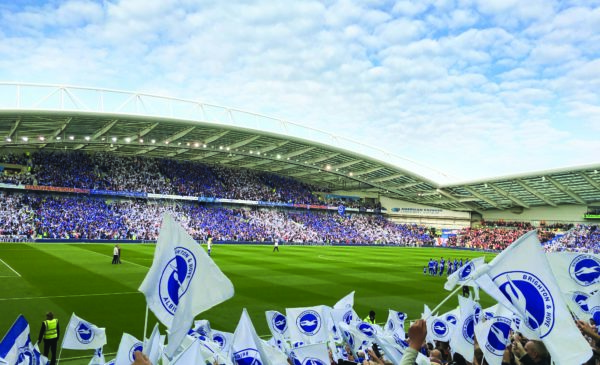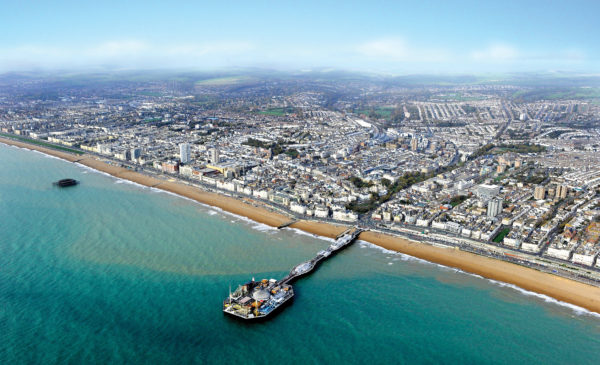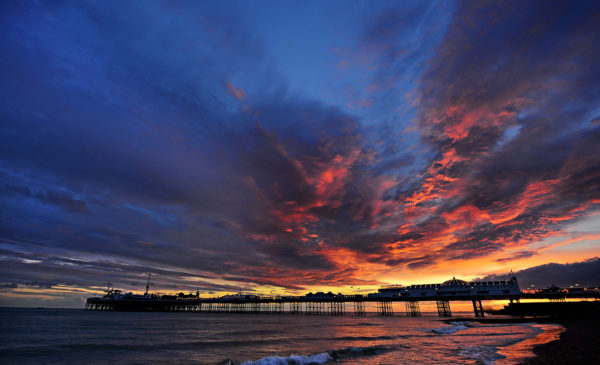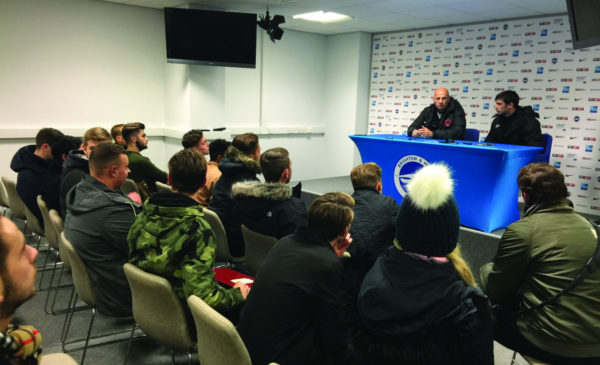George Wills takes a look at the old guard of English Football stadiums throughout history. Reviewing some of those most iconic ones that no longer stand and some classic stadia that still exist today.
They do not make stadiums like they used to. Nowadays, more and more teams are trading up their supposedly old but historic and characteristic grounds for new stadiums. For some teams it works well, but for some they still haven’t made it their home yet.
For instance, since leaving their former homes of Highbury and Upton Park, Arsenal and West Ham United fans will admit it just does not feel the same as before. Of course, it takes time to settle in, but for the likes of The Gunners who have had 14-years in their new ground, it appears they are still trying to find their feng shui.
Stadium One: Ayresome Park, Middlesbrough (1905-1995)
Embed from Getty ImagesHome of Middlesbrough for 90 years, Ayresome Park was one of many stadiums designed by famous architect Archibald Leitch. The Scot also designed Roker Park, home of Boro rivals Sunderland in the North East of England.
The stadium was selected as one of the stadia used for the 1996 FIFA World Cup where the ground hosted all three of North Korea’s group stage games. Famously North Korea beat Italy 1-0 here in a shock victory.
Due to a financial crisis during the 1980s Middlesbrough found their home locked away by Bailiffs. From this, the club almost went bust but they subsequently returned to their precious home after a takeover of the club was secured.
The eventual move to the Riverside stadium in 1995, was due to the aging and deterioration of Ayresome. It was deemed that major work was needed in order to bring it up to code. The final pin in the coffin, for moving away was after the Taylor Report stated stadia in the top two tiers of English football must be all seated.
Ayresome Park bowed out in perfect style after the final game saw them close in on promotion to the Premier League, after a two-year absence. A draw the following week, away from home meant they would go up as Division One (eventual EFL Championship) Champions.
Middlesbrough today, still keep an essence of Ayresome Park. The old gates were constructed at the front their new ground, the Riverside Stadium.
Stadium Two: Boleyn Ground/Upton Park, West Ham United (1904-2016)
Embed from Getty ImagesUpton Park was home to West Ham United for over 110 years, in that time the hallowed turf saw just shy over 2,400 matches played in East London.
The stadium was known for having a hostile environment for any away team/supporters. Perhaps this was due to how close the fans were to the pitch. Unlike at their new stadium – the Olympic Stadium. Due to the running track being covered, as it’s still used as an athletics ground, the fans are quite far away from the pitch. Manager at the time, Slaven Bilic, famously stated,
“Next year is going to be a different atmosphere, there’s going to be more people, but it’s going to be impossible to make a replica of the atmosphere here.”
‘I’m forever blowing bubbles’ was sung for the last time against Manchester United in 2016. West Ham United left their famous ground in emphatic style beating Manchester United 3-2 to claim 7th spot and a place in the following year’s UEFA Europa League.
Despite numerous renovations over their years here, the most notable in the 1990s, Upton Park had reached the max capacity it could hold, given the geographical location and therefore redevelopment clearly wasn’t looking like a viable option.
It was because of this, that prompted their move to the vacant Olympic Stadium. In the process of obtaining the stadium in Stratford, the Hammers defeated fellow Londoners, Leyton Orient to securing the sporting arena.
As of the 2020/21 footballing season they are in the fifth year of their 99-year contract they have at the stadium.
Stadium Three: White Hart Lane, Tottenham Hotspur (1899-2017)
Embed from Getty ImagesOne of the more recent stadiums in English football history to close, White Hart Lane was home to Tottenham Hotspur for 118 years and having played host to over 2,500 matches. Again, this historic ground was predominantly designed by Archibald Leitch.
With many redevelopments over time, the stadium eventually saw all four sides of the ground be made into two-tier stands and become enclosed, and therefore making the noise of the 35,000+ fans all the louder.
Furthermore, White Hart Lane had standing areas up until 1992, however because of the Hillsborough disaster and the Taylor Report, the standing areas were subsequently replaced with all seating areas to guarantee fan safety.
The last ever match at White Hart Lane, saw Tottenham beat Manchester United 2-1 to go the entire 2016/17 Premier League season unbeaten at home. With some of the north east stand missing due to construction, this didn’t stop the Spurs fans creating a cauldron of noise one final time.
The impressive home form saw them finish the campaign in second place. This was their highest finish in England’s top-flight division since 1963, a perfect way to end life at White Hart Lane.
The Lane was demolished in shortly after the end of the 2016/2017 season to make way for their all-new multi-sport arena, the Tottenham Hotspur Stadium, moving in 2019. The ground was built on the site over the former White Hart Lane, electing to stay in the same location instead of moving away.

